Moderate Resolution Imaging Spectroradiometer
Click on the following links to see images from that continent. All images courtesy of the MODIS Rapid Response System, NASA Goddard Space Flight Center
South Africa
Since late March 2003, a phytoplankton bloom has been occurring off the western coast of South Africa. Reports from watersampling at the site indicate that it is a rather unusual red tide containing a mixture of organisms called dinoflagellates and a species of coccolithophore called Syrachosphaera pulchra, which is an unusually large species of coccolithophore. A coccolithophore is an organism that has a chalky, calcium-based outer covering that reflects sunlight very strongly back from the ocean surface. Ocean waters that contain the organism appear very bright blue or green.
Namibia
Persian Gulf
Cuba
The waters in this image are draped in the jewel-like colors of the Bahamas: turquoise, bright blue, and emerald green, and in the deeper blue-black of the Gulf of Mexico (left) and the Atlantic Ocean (right). The brighter colors surrounding the Bahamas are caused by the relatively shallow waters over the Little and Great Bahama Banks, which are shelves of land that were submerged as the continental glaciers of the last ice age melted. The jewel-like waters around Cuba and Florida’s tip could be a consequence of shallow waters, but could also be colored by a larger presence of microscopic marine organisms, such as algae and phytoplankton, which lend a darker-green tinge to the water.

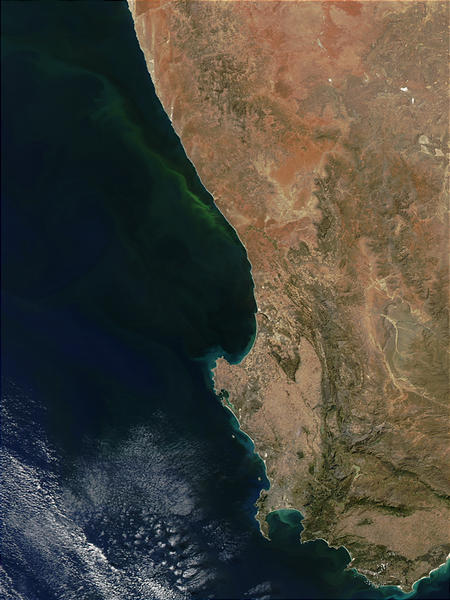
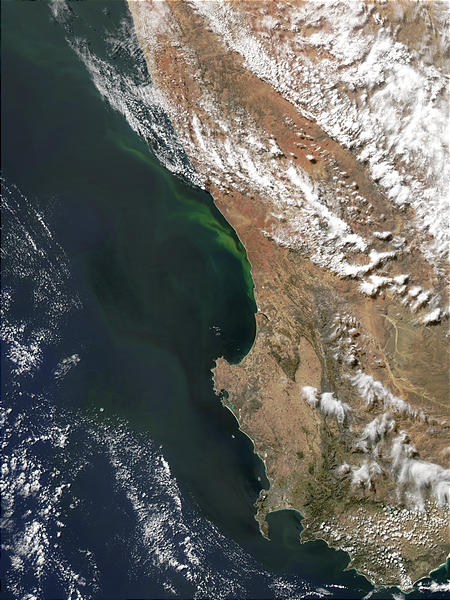
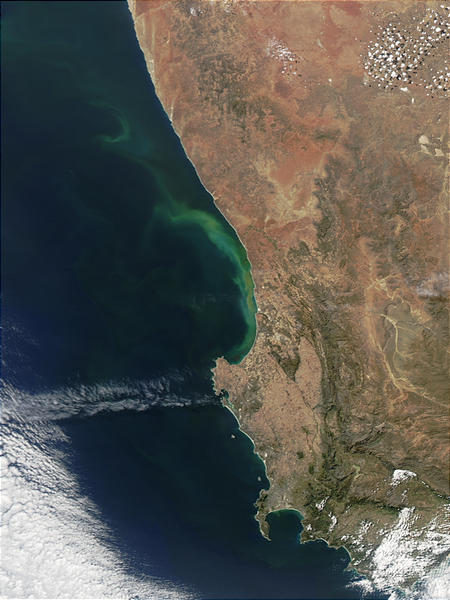
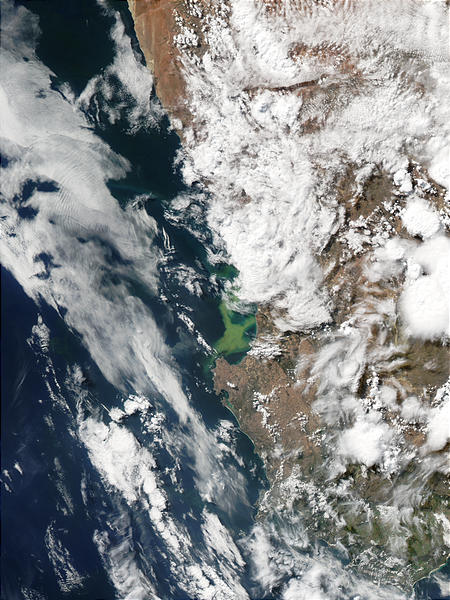
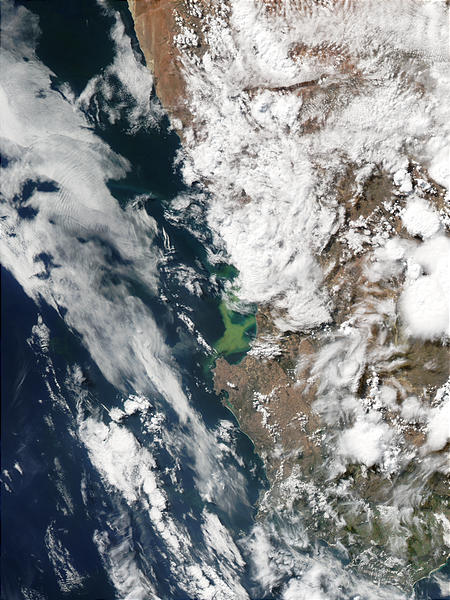
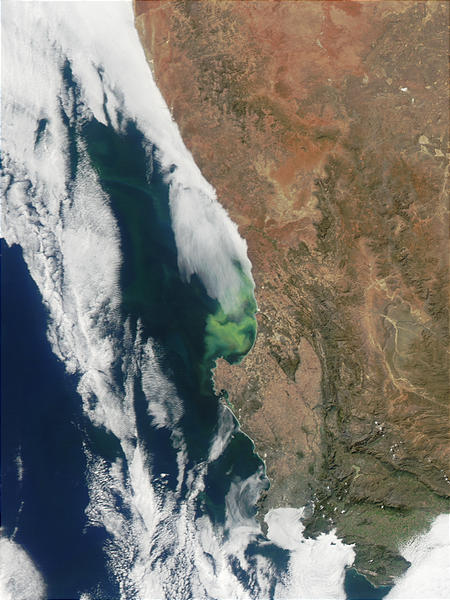
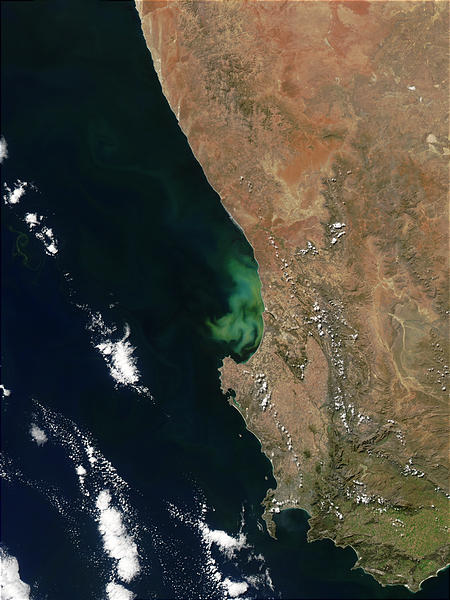


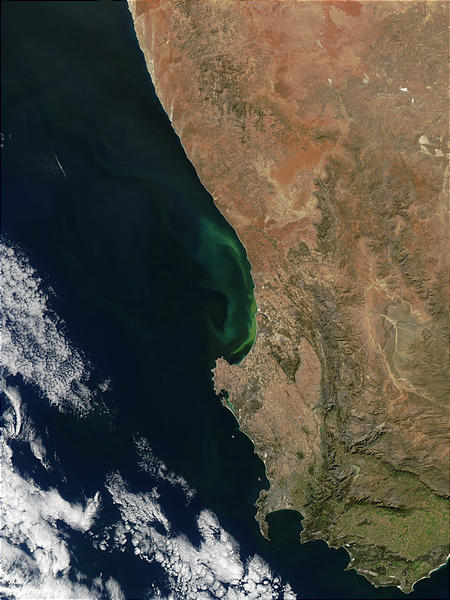
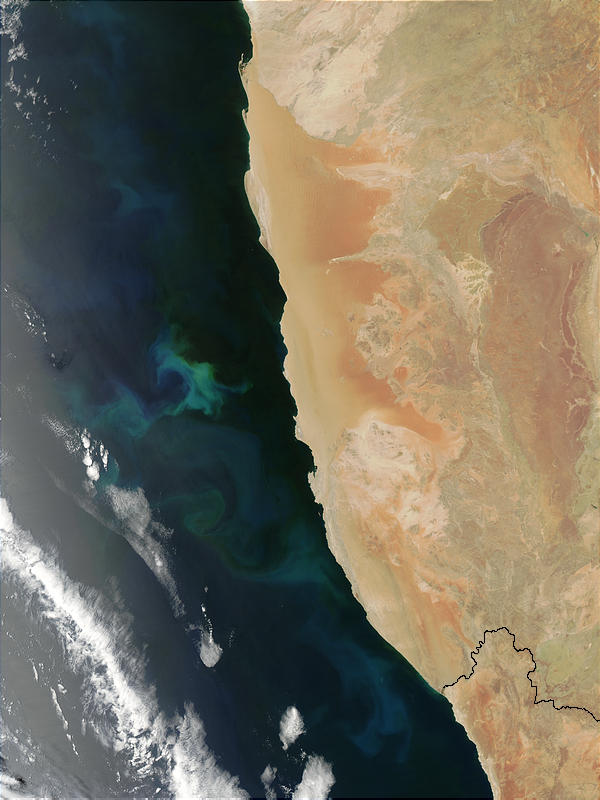
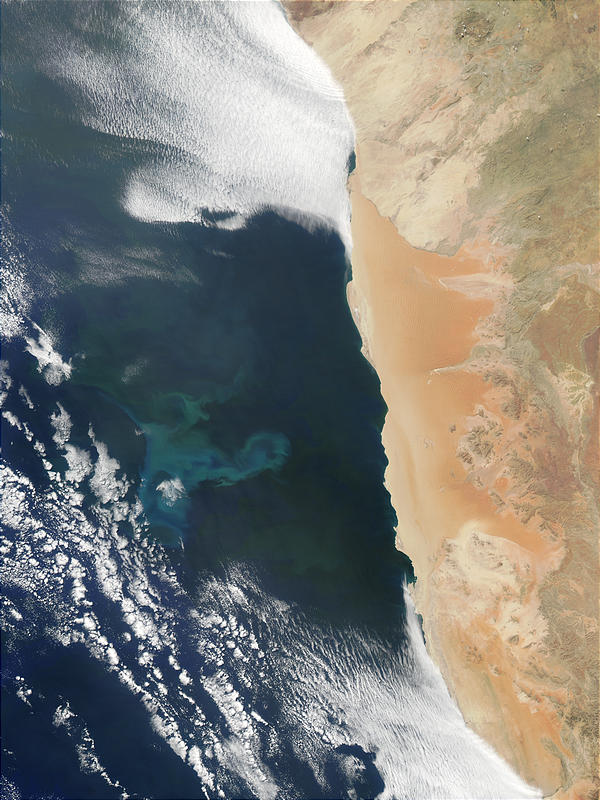
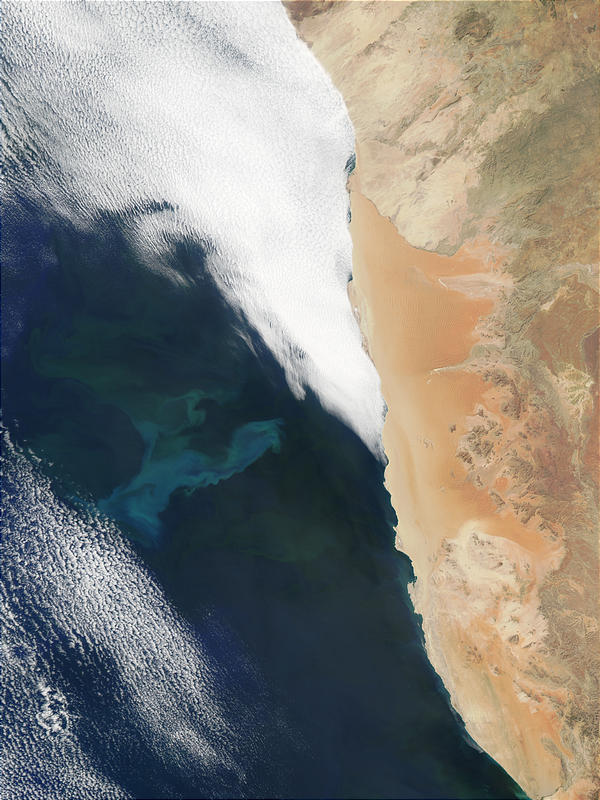
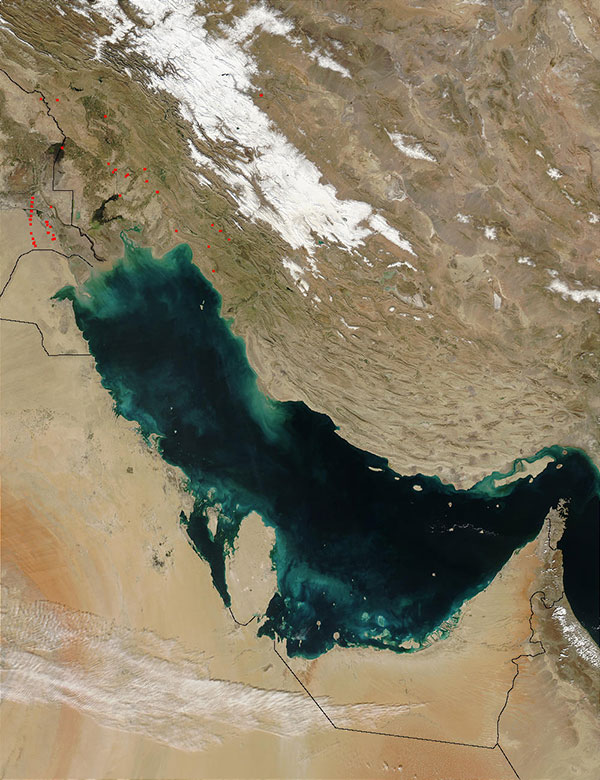



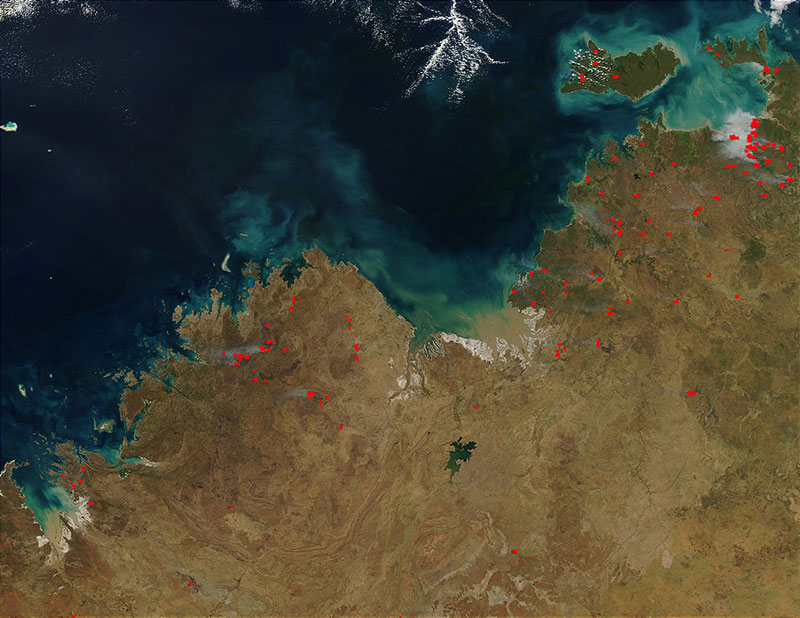
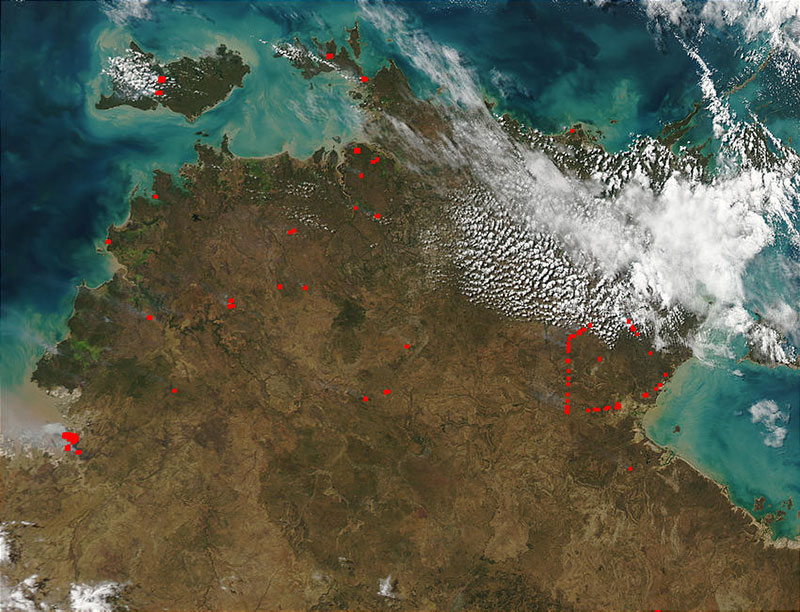
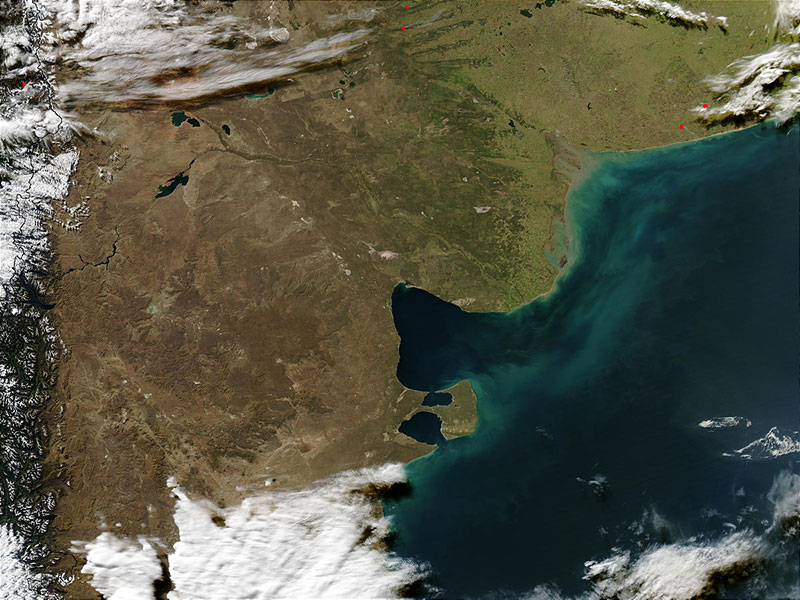

 The sixth International Ocean Colour Science (IOCS) meeting will take place in Darmstadt, Germany from 1 – 4 December 2025, hosted by EUMETSAT and ESA with support from other agencies.
The sixth International Ocean Colour Science (IOCS) meeting will take place in Darmstadt, Germany from 1 – 4 December 2025, hosted by EUMETSAT and ESA with support from other agencies.